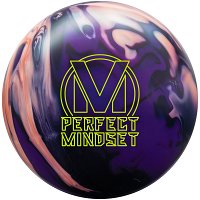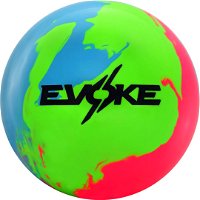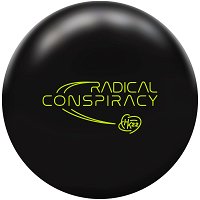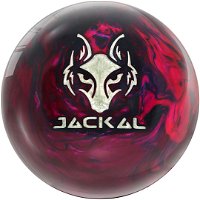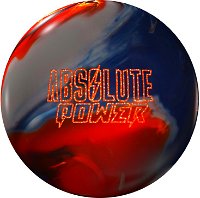Coupon excludes instant bonus items, hot deal items, and gift certificates.
Altering the Surface of the Bowling Ball
Posted Mar 11, 2013 In: Ball Maintenance | Bowling Balls | Bowling Tips | Coach's CornerBy Bowling.com

In today's game, coverstock maintenance is a top priority! The ball's track becomes worn with many scratches which will cause the ball to have an inconsistent roll, loss of reaction, and energy on impact to the pins. If you see your bowling ball is not giving you the reaction you used to get it's time to resurface.
The choice of grit you use depends on what surface friction you have or want on the surface of your ball. If you have a dull surfaced ball and are bowling on oily lane conditions the oil will start to saturate the surface pores on the ball and begin to glaze. The ball will start to appear shiny. A light sand will take off the surface oil glazed on the ball.
Or sand if you want to change the surface of the ball to suit the lane condition. The rougher grits are for oily conditions such as 500 or 800 grit. The 1000 or 2000 grit is for medium oil conditions. The 4000 grit sanding pad will give a sheen to the surface of the ball without using polish. What grit you should use depends on the type of release you have and the lane conditions. Experimenting with different surfaces is the best way to understand what works for you.
Polishing is used to reduce the friction on the surface of a ball. There are many types of polishes available on the market. From polishes that clean off grime and belt marks, to polishes that are available in different grit levels for medium oil conditions to dry conditions. Every manufacturer has their own formulas. They are all good. Experimenting is needed to find the right types of polishes that work the best for you.
You should not polish your polished bowling ball after using it for many games. You will wear off the polish as you will see the track area becoming dull. You need to polish your ball if it starts to roll up early on the lane and you lose the ball reaction at the back end. Or in other words if the ball does not skid down the lane as far as you need and the ball's hook at the back end is not as aggressive as you need. Having the ball skid through the front part of the lane will save energy for the ball reaction to hook more at the back end.
These are some methods that when applied will help you with your game. Every bowler does release the ball slightly differently than the next bowler. Bowlers that are having troubles with the ball rolling too early may need to polish or try a high number grit on their ball. Bowlers that are getting too much length need to use a pad with a lower number like 500. Again try things out. You never know what will work until you try it. Remember to enjoy the game of bowling and Practice, Practice, Practice!



